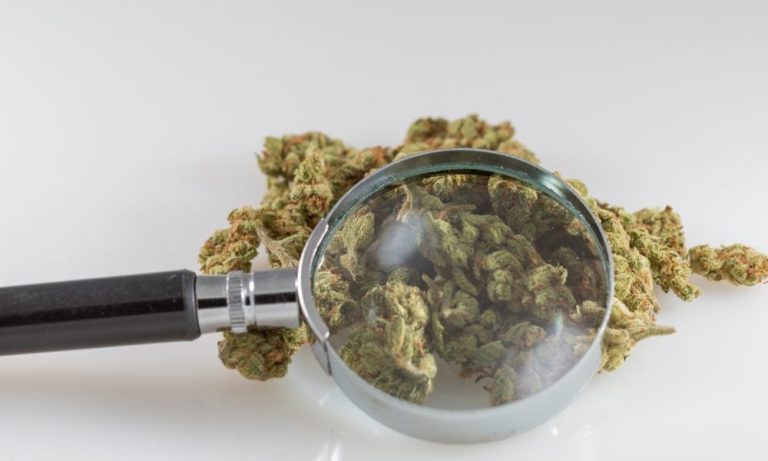A Critical Look Inside the DEA Museum: A Narrative of Deception and Denial
The Drug Enforcement Administration (DEA) Museum in Arlington, Virginia, presents a carefully curated narrative of the agency’s role in combating drug use. However, a closer examination reveals a stark contrast between the museum’s portrayal and the realities of the drug war. The exhibits, while seemingly informative, omit crucial information and perpetuate harmful myths, effectively sanitizing the devastating consequences of prohibitionist policies.
The museum’s portrayal of Harry Anslinger, the first commissioner of the Federal Bureau of Narcotics (the DEA’s predecessor), exemplifies this sanitization. Anslinger is presented as a dedicated public servant committed to a drug-free world. The exhibit conveniently overlooks his racist rhetoric, his relentless persecution of Black and Brown communities, artists like Billie Holiday, and his dissemination of blatant falsehoods about the dangers of marijuana. This omission whitewashes a legacy built on discriminatory policies and fuels the ongoing injustices of the drug war.
The museum’s attempt to educate the public about drugs further reveals its flawed perspective. The exhibit on the opioid crisis, for instance, attributes the escalating overdose deaths to the evolution of the drug supply, from prescription opioids to heroin and fentanyl. This narrative ignores the DEA’s pivotal role in exacerbating the crisis through its crackdown on prescription painkillers, which inadvertently drove people to the illicit market and fueled the demand for more potent, unregulated substances. Rather than acknowledging its own contribution to the problem, the museum doubles down on prohibition as the solution, a strategy that has demonstrably failed to stem the tide of overdose deaths.
This pattern of misinformation and misdirection continues throughout the museum. A pamphlet on marijuana parrots outdated "Reefer Madness" propaganda, linking cannabis use to mental illness and academic failure without any scientific basis. The exhibit on the Controlled Substances Act further demonstrates the DEA’s flawed understanding of drug pharmacology. It classifies cannabis as a Schedule I drug, implying a lack of medical value and a high potential for abuse, despite overwhelming evidence to the contrary. This categorization, which extends to other substances with therapeutic potential like LSD and MDMA, highlights the DEA’s outdated and unscientific approach to drug classification.
The museum also employs questionable tactics to promote its agenda to younger audiences. Activities like earning a "junior special agent" badge and signing a "Drug Free Pledge" aim to instill an anti-drug ideology in children, reminiscent of the ineffective and widely criticized DARE program. These efforts not only oversimplify the complex issue of drug use but also fail to equip young people with the harm reduction knowledge they need to make informed decisions.
The museum’s selective narrative extends to its portrayal of the DEA itself. The exhibits emphasize the agency’s values of diversity and promotion of women to leadership positions, showcasing a few select individuals who "broke the mold." This narrative attempts to paint a positive picture of an organization with a history of racist enforcement practices and involvement in violent operations, both domestically and internationally. The Wall of Honor, commemorating DEA agents killed in the line of duty, stands as a stark reminder of the human cost of a failed drug war.
Perhaps the most glaring omission in the museum’s narrative is its failure to address the DEA’s own history of corruption and misconduct. There is no mention of cases involving DEA agents engaging in illegal activities, accepting bribes, or violating the rights of individuals. This selective storytelling reinforces a distorted image of the agency and avoids any critical examination of its role in perpetuating the harms associated with the drug war.
The visitor comments displayed in the museum offer a glimpse into the public’s growing awareness of the failures of prohibition. Responses to questions about helping individuals struggling with drug use advocate for harm reduction strategies and policy change, highlighting a shift in public opinion towards a more compassionate and evidence-based approach.
Ultimately, the DEA Museum serves as a testament to the agency’s commitment to maintaining the status quo of the drug war. Its carefully constructed narrative, replete with omissions and distortions, presents a sanitized version of reality, effectively silencing the voices of those most harmed by prohibitionist policies. The museum’s failure to acknowledge the devastating consequences of the drug war, both at home and abroad, raises serious questions about the DEA’s commitment to public health and safety.


